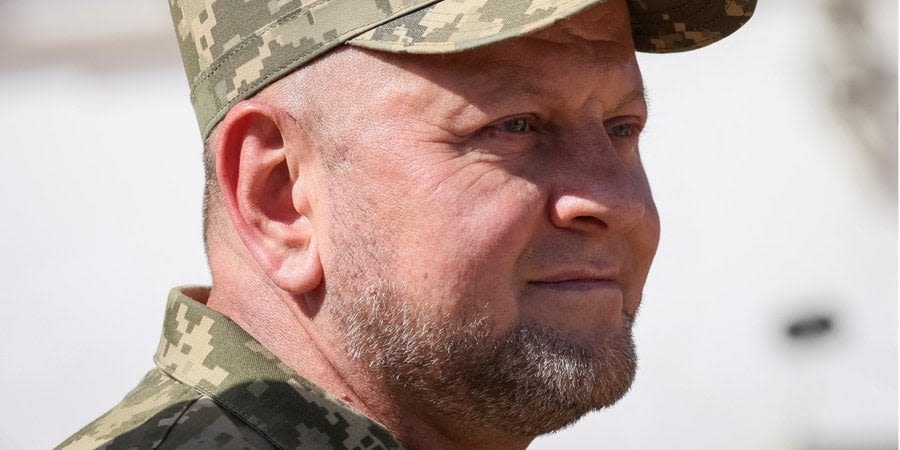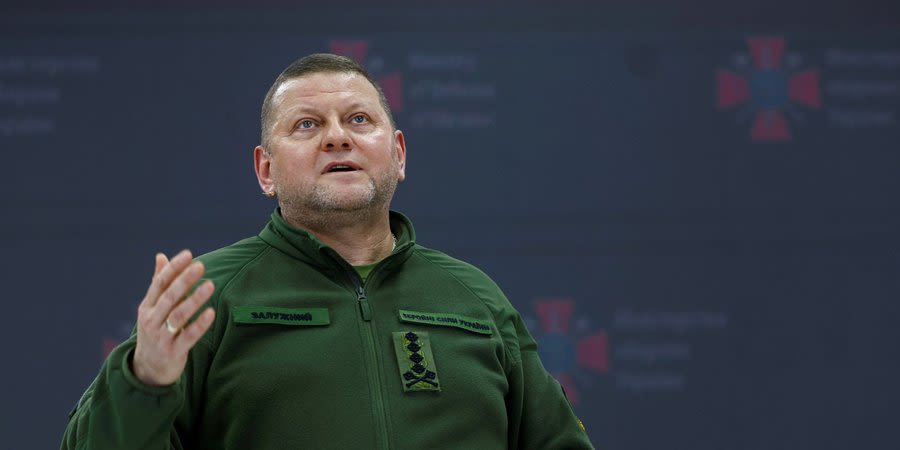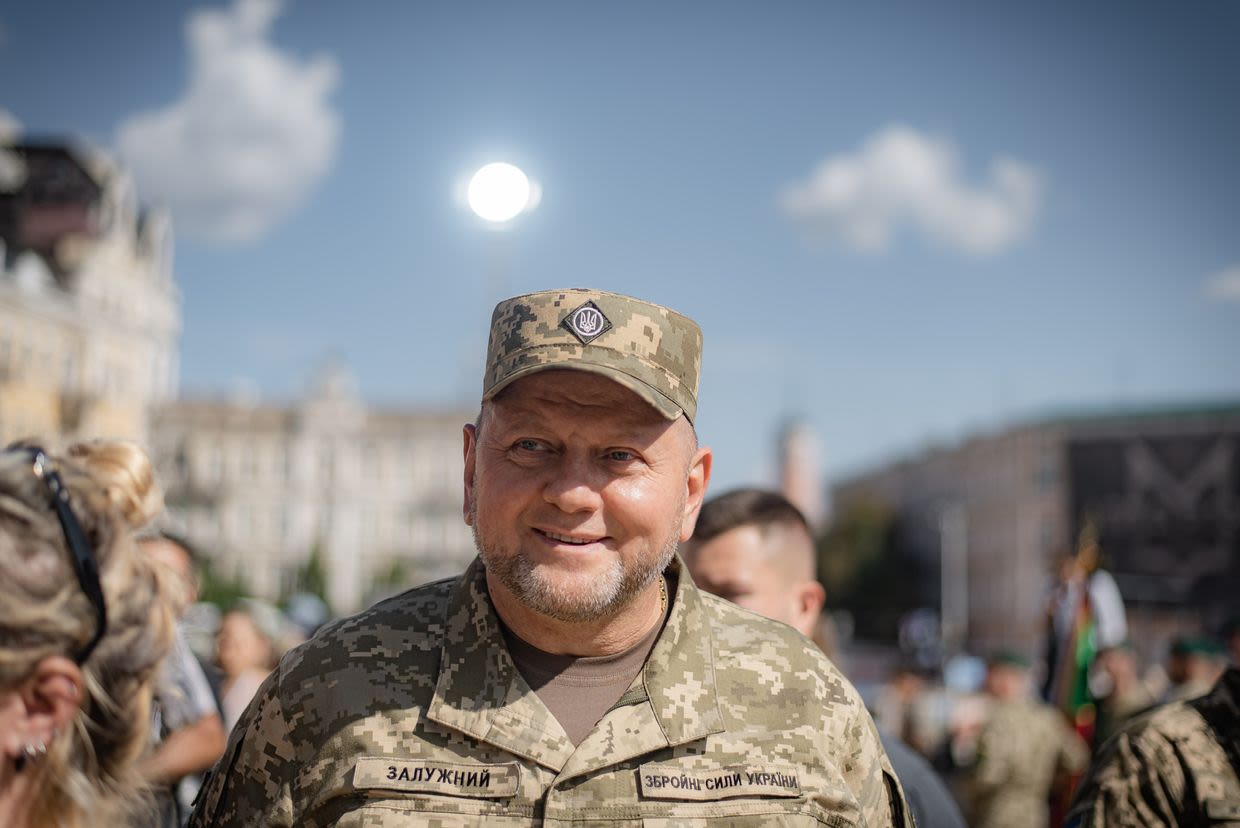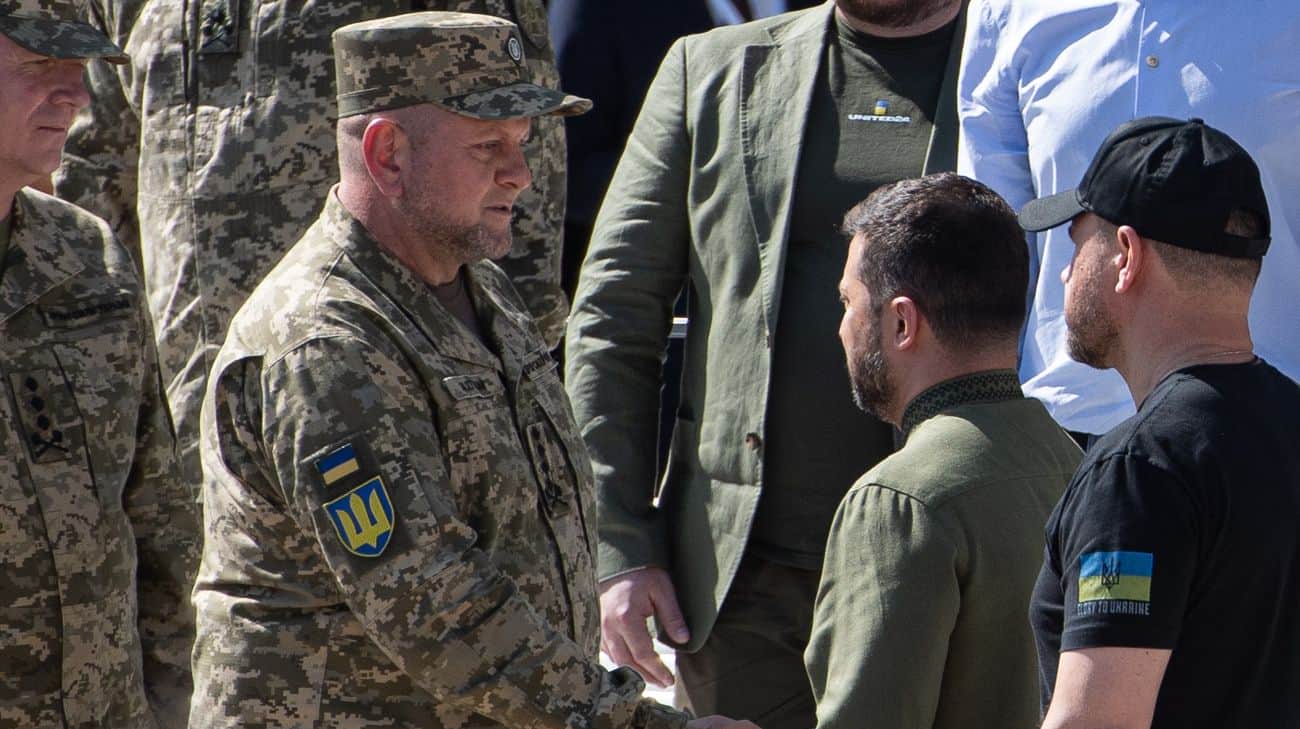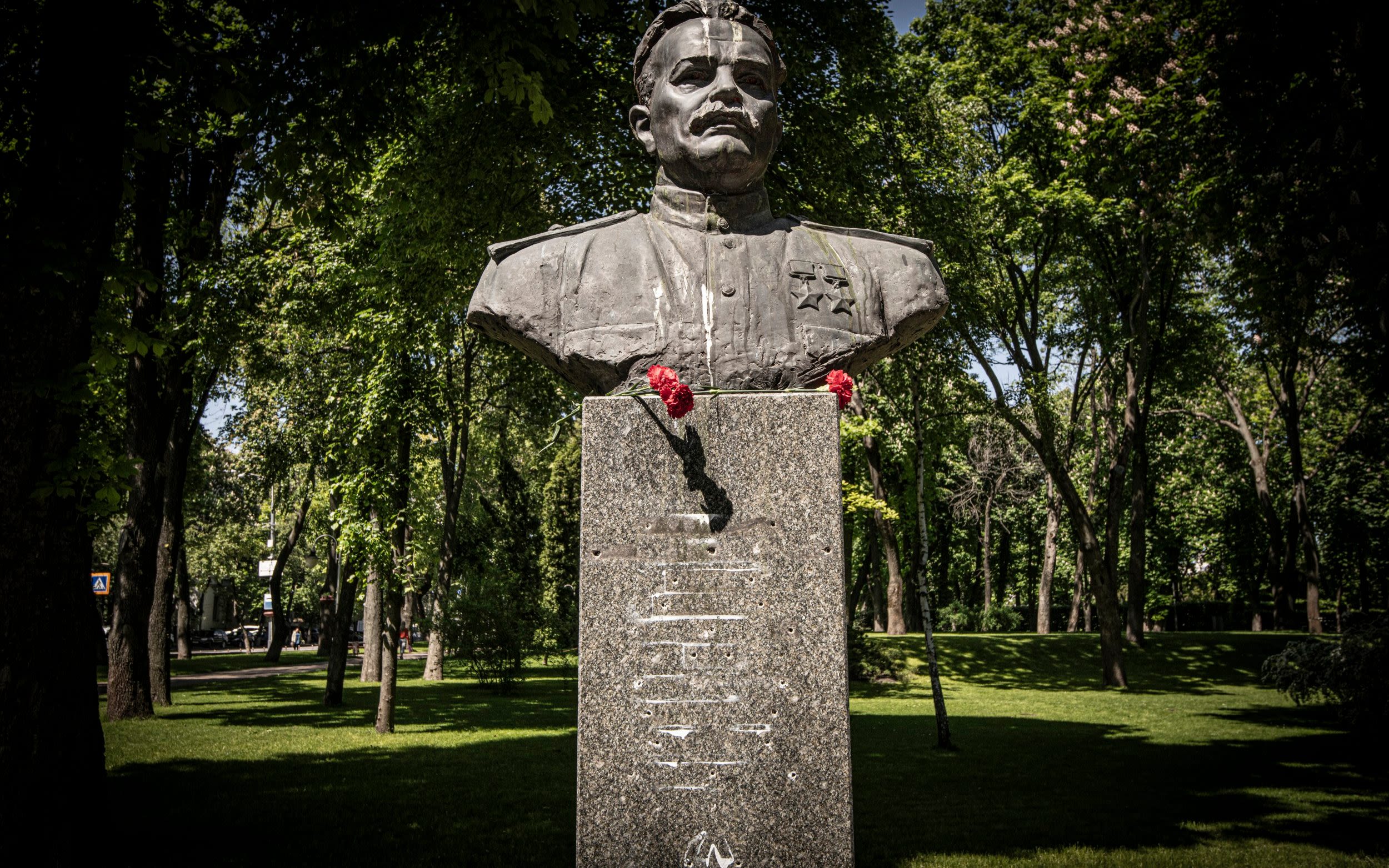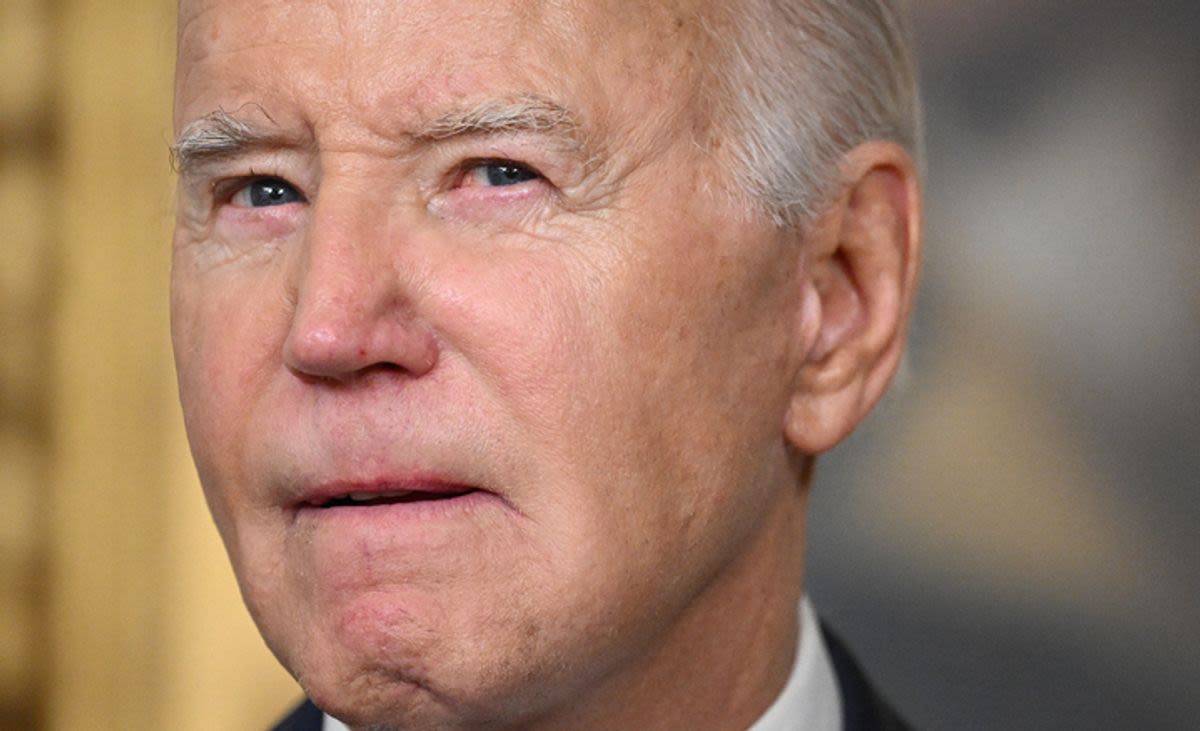Search results
Jan 1, 2010 · Under the Constitution, the President, in addition to being Chief Executive, is Commander in Chief of the Army and Navy. He holds the prime responsibility for the conduct of United States foreign relations.
by Stephen I. Vladeck. The Commander in Chief Clause of Article II, Section 2 provides that “The President shall be Commander in Chief of the Army and Navy of the United States, and of the Militia of the several States, when called into the actual Service of the United States.”.
Commander in Chief, President as. The Constitution (Article II, section 2) specifies that “The President shall be Commander in Chief of the Army and Navy of the United States , and of the Militia of the several states, when called into the actual Service of the United States .”
People also ask
Who is the commander in chief of the Army & Navy?
What is the commander in Chief Clause of Article II Section 2?
Who is the commander-in-chief of the United States armed forces?
What power does a Commander in chief have?
ArtII.S2.C1.1.1 Historical Background on Commander in Chief Clause. Article II, Section 2, Clause 1: The President shall be Commander in Chief of the Army and Navy of the United States, and of the Militia of the several States, when called into the actual Service of the United States; he may require the Opinion, in writing, of the principal ...
News about Joe Biden, Army Black Knights, Commander-in-Chief's Trophy
News about Valerii Zaluzhnyi, military service, Volodymyr Zelensky
Also in the news
- Military Force Against Foreign Enemies
- The War Powers Resolution
- From War to Fighting Terrorism
- War, Liberty, and The Future
In response to presidential requests, Congress has used its constitutional power to declare war five times in the nation’s history: the War of 1812, the Mexican-American War, the Spanish-American War, World War I, and World War II. Since World War II, the United States has never actually declared war, despite our being at near-constant war since th...
Congress responded to these events by attempting to reclaim some of the war powers it had been giving over to the president since World War II. The Democratic Congress, in response to the peace movement led by the New Left, ordered an immediate end to the bombing raids in Cambodia, and drew up the War Powers Resolution (1973). When it came to his d...
If the executive’s war powers had been growing, then they began growing still further—both at home and abroad—after the September 11, 2001 attacks. The power to wage “war” against foreign nations become the power to “fight terrorism” plotted by terrorist organizations such as Al Qaeda. Not long after the attack, President George W. Bush received co...
Congress has the power to call military personnel into service with a declaration of war. There have been many times when these two branches of government have worked in concert to protect the rights and liberties of the American people and the territories held by the United States. Disagreements continue to occur regarding the balance of this powe...
Feb 22, 2023 · According to the National Security Act of 1947, the president is the commander in chief of all armed forces of the United States, including the Air Force and Space Force. Although the...
Commander-in-chief. President Barack Obama, in his capacity as commander-in-chief, salutes the caskets of 18 individual soldiers killed in Afghanistan in 2009. The president is the commander-in-chief of the United States Armed Forces as well as all federalized United States Militia and may exercise supreme operational command and control over them.
